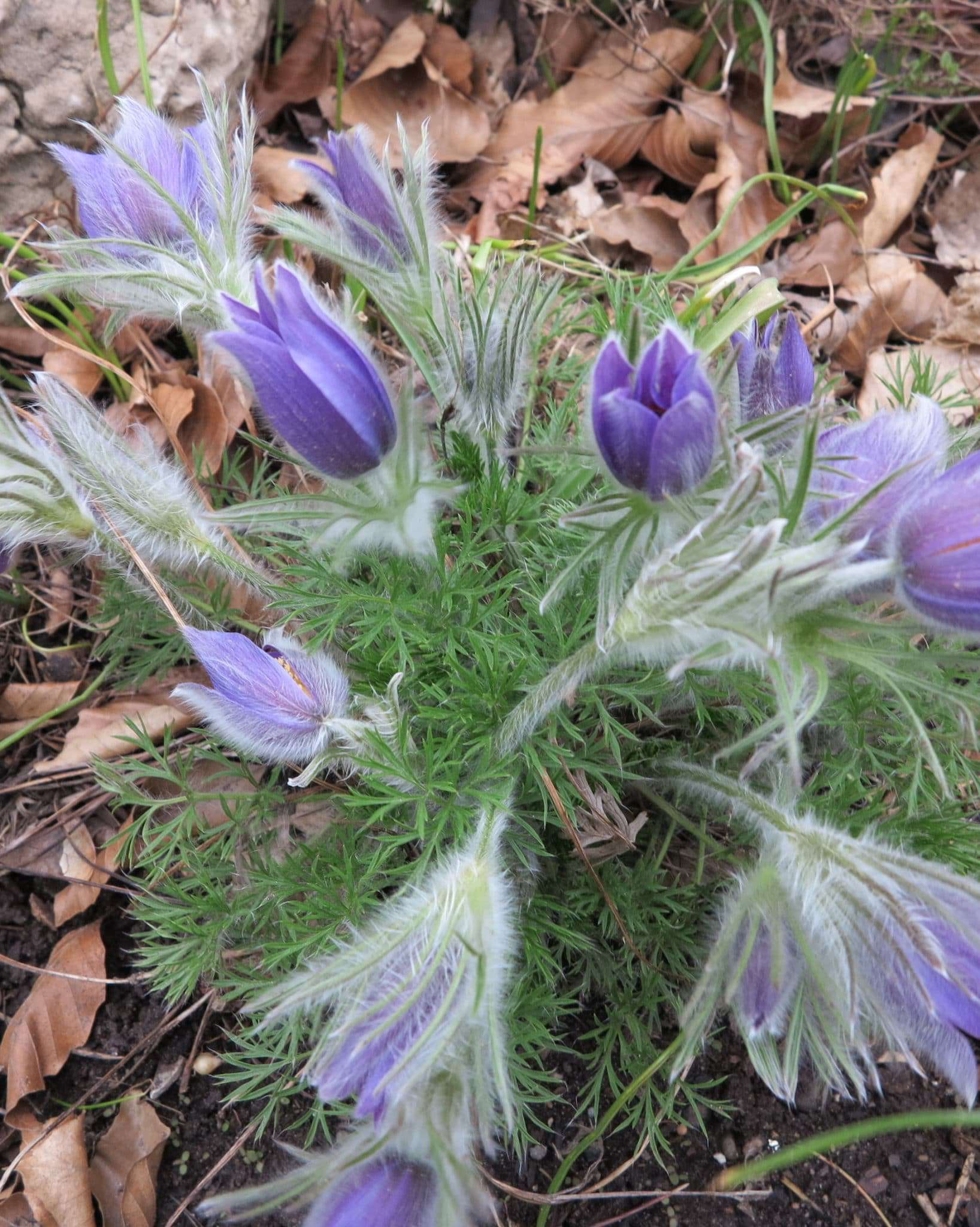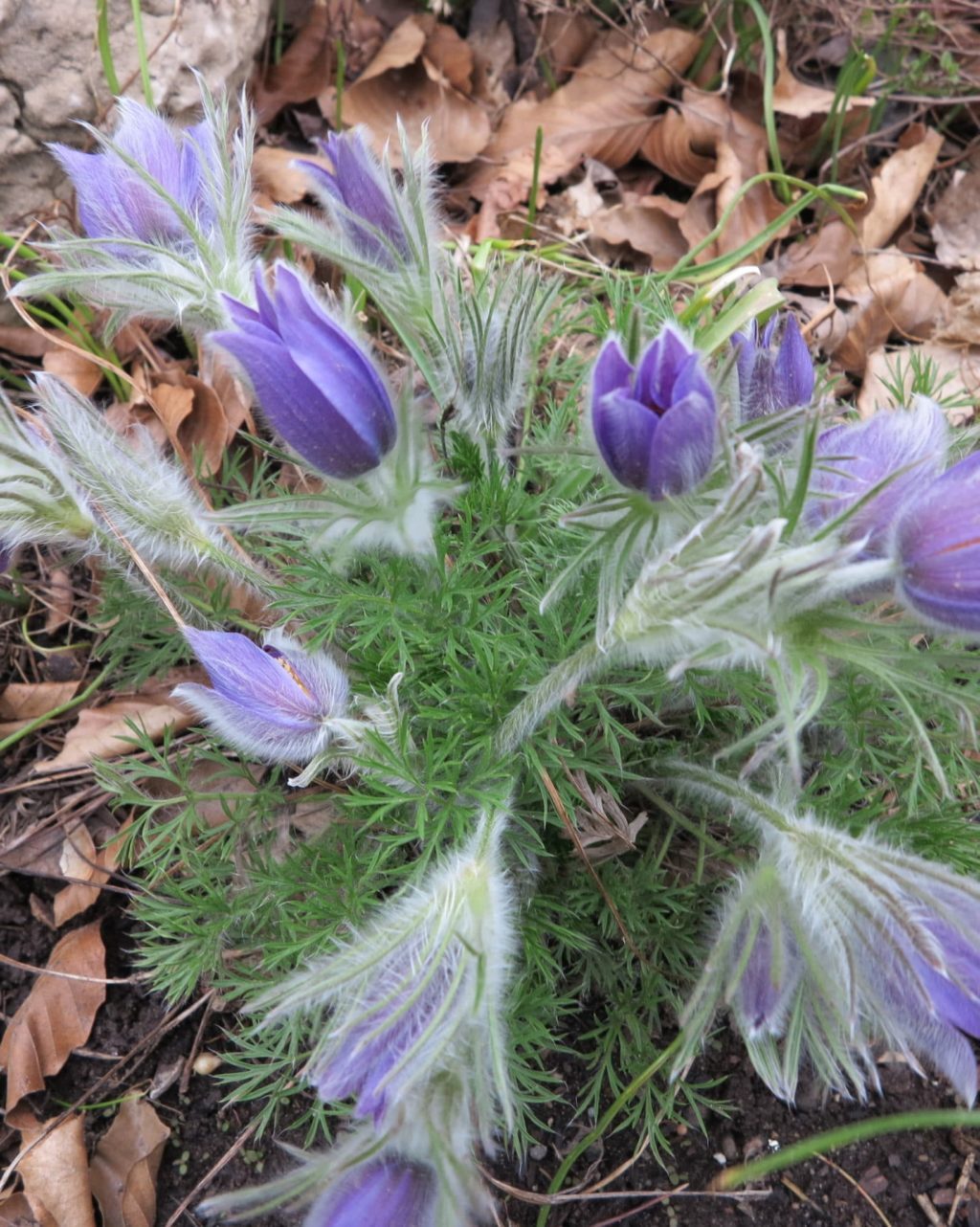A few of the minor bulbs in our garden are still hanging on through this long, protracted spring (sort of like most of us). I also can’t remember when clumps of daffodils have stayed perky and bright for so long — the silver lining of these cool, cloudy days. Certainly, a string of warmer days would mean that serious garden cleanup could commence and that warm-weather flowers and edibles could be seeded or transplanted. However, for now, the cool days give me time to strategize.
For example, what’s your plan for lawn care this spring? “Natural lawn care” will give you some ideas.
Maybe this is the year you decide to turf some turf. If that’s the case, you might want to look to Sundance Harvest for ideas on liberating your lawn. This yard-sharing project is in Toronto, but there may be similar opportunities afoot in your area, too.
If you’re trying to imagine what your front garden would look like sans lawn, this video posted on The Paintbox Garden by garden photographer Janet Davis in Toronto might inspire you. It documents her small front garden through the seasons, each stage looking lovely in its own way. (Scroll to the end of the post for the video.)

Praise for pasqueflowers
Not a spring bulb, but certainly an early spring riser, pasqueflower (Pulsatilla patens syn. Anemone patens) is getting ready to mingle with the remaining daffodils and crocus. Its ferny, fuzzy foliage as it emerges reminds me of fluffy newborn chicks. Also called prairie crocus, this long-lived Zone 2 perennial is the provincial flower of Manitoba. Its seedheads are fluffy, too.
According to “A gift from the West: The prairie crocus”, my plants may be the closely related and slightly less hardy non-native Pulsatilla vulgaris. Regardless, they’re a delight.
Who is nature’s best hope?
We are, according to Doug Tallamy, University of Delaware entomological professor and author of Nature’s Best Hope, published earlier this year. In this hour-plus lecture available on YouTube, Tallamy presents a compelling argument that disputes the notion that humans and nature can’t live together. “Small efforts from many have a significant effect,” he says, describing how we can build functional ecosystems in our gardens, regardless of their size or location, and help reverse biodiversity’s decline. He likens landscaping solely for aesthetics, rather than for our ecosystems, to cooking for taste, not for our health.
Grow your own playhouse
Growing a living playhouse may solve two problems for those of you home schooling young children: You’ll have a nature project to round out your science curriculum, as well as readily available fresh produce this summer. Googling the phrase “grow a living playhouse” will turn up dozens of ideas, including this one.
Neighbours + a lot of onions = a good news story
A family with five school-age children in a small town in Rhode Island posed a question: If we formed a labour pool, could we create backyard gardens for our neighbours? “A Plan to Reconnect a Town in Quarantine: 10,000 Onions” shows what happened when they said “yes.”









